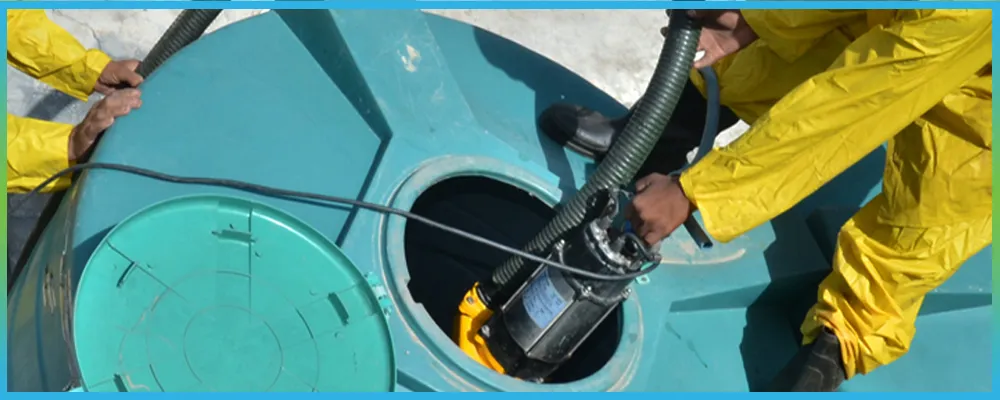Expert Water Tank Cleaning:
Water Tank Cleaning is fundamental!
Water Tank Cleaning, second after oxygen, is the most fundamental substance for people to live on our planet. The greater part of our water supplies for everyday use begins from water tanks, which are arranged into three sorts, dependent on the size of overhead water tanks, underground water tanks, and groundwater tanks. Keep your water clean and safe with our expert water tank cleaning service. We remove dirt, sediments, and harmful substances. Contact us today!
According to the World Health Organization, water-related illnesses kill over a million people each year, making it the largest source of infection and disease transmission on the globe. A multitude of sources causes polluted water, including dirt entering the main inventory line and incorrect garbage collection.
Groundwater, which is used to suction water into the tanks, is susceptible to contamination by microorganisms when contaminants find their way into the groundwater stream. Along with commonly encountered bacteria such as Legionella, groundwater streams can also be a suitable environment for Blue-green growth, parasites such as Giardia Lamblia, and illnesses such as influenza, Hepatitis-A, and norovirus. A routine water tank cleaning not just forestalls the flare-up of illness because of contaminations yet, in addition, keeps under control normal medical.
When Is It Time to Clean Your Storage Tank?
Inside Inspections - When it is the ideal opportunity for an interior review, we should remove your tank from administration, cleaned it, and be ready for an examiner to enter the capacity tank.
Replacing Goods - If you intend to store an alternate item in your tank, a full tank cleaning may be vital. Assuming you are changing from a raw item to a refined item, as from raw petroleum to gas, you would have to eliminate all buildup and contaminations.
What Is the Best Way to Clean a Storage Tank?
Regular water tank cleaning is essential if you are to prevent bacteria, algae, and other grime from building up inside the tank.
- The professionals will drain your water tank. They will open the tap and discharge any remaining fluid by connecting a water hose to the open valve. They evacuate the tank as much as possible until the water stops flowing out of the hose.
- They will next clean your water tank by manually scouring the inner surfaces of the tank with a mixture of cleaner and hot water. They go above when cleaning corners and joints to ensure that no trace of the initial fluid remains.
- The tank is washed and rinsed with clean water in the expansion. This task is best accomplished using a high-pressure hose line or a continuous stream of water.
- The tank and pipes are then disinfected. For cleaning the tank and lines, they employ an anti-bacterial shower. This is necessary to ensure that they are free of bacteria and cleansed.
- The specialists will then safely empty the tank and allow it to dry. By evacuating the tank and dumping the clean water with caution because it has a high concentration of chlorine, they fill the tank with freshwater, after 30 minutes, and then the experts flush the entire structure again.
Did you know?
- Keeping your water tank unclean for an extended length of time result in contaminants pouring through your pipes. This means you'll bathe, wash dishes, clothing, and, in certain situations, consume tainted water, potentially exposing yourself to waterborne infections.
- External, dermatological illnesses can also be caused by contaminated water. Skin cancer, weak teeth, ripped skin, nails breaking out, and baldness is examples of these.
- Water contamination can cause ailments such as diarrhea, cholera, typhoid, and lead poisoning.
- We are providing the best services of Water Tank Cleaning of prime importance when it comes to keeping a bacteria-free environment for your water tanks.
